Best Scuba Diving Places In Subic Bay
Intro by Dezza, 24 November 2020. Article written by David Parker.
In my latest blog, we looked at the top 15 places to visit in Subic Bay. As mentioned in that blog, due to all the travel protocols needed as part of “the new normal”, more and more people are searching for places in the Philippines they don’t need to fly to.
Most notably, people are looking for places close to Manila. This means they can drive there without the need to undergo swab tests, quarantine and pay all the extra costs involved. It’s much easier to just jump in a car and drive somewhere. Hence the reason for me writing about Subic Bay.
So continuing on with the topic of Subic Bay, I thought I would share with you an article written by a good friend of mine, a fellow expat, Dave Parker. “Scuba Dave” has been living in the Philippines for a number of years and is a scuba diving enthusiast.
Not only that, he is a PADI Master Scuba Diver Trainer (MSDT), PADI Speciality NITROX Instructor and Emergency First Response Instructor. There aren’t many of the best places in the Philippines Dave hasn’t been to for scuba diving. Therefore, for my latest blog, I would like to share with you an article Dave has written about the best places to scuba dive in Subic Bay.
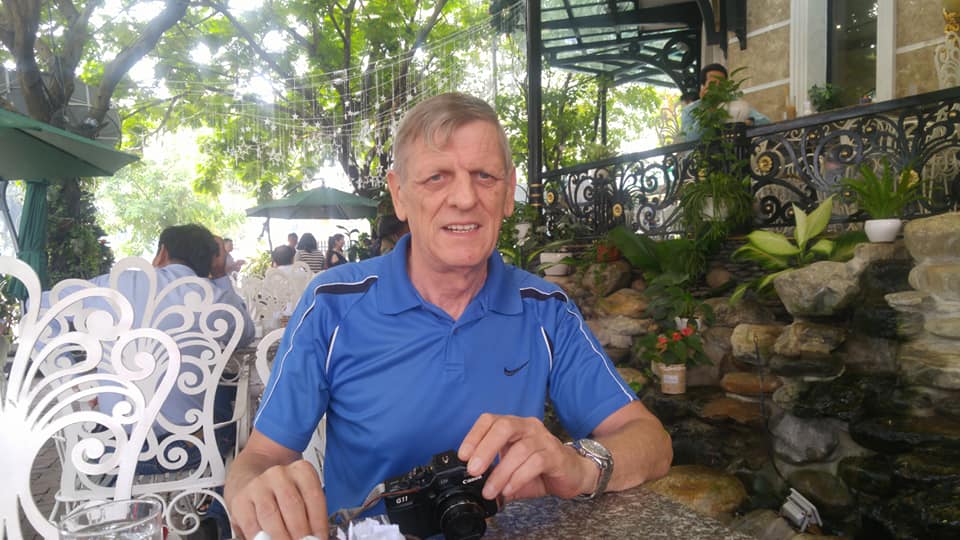
For those that don’t know, Subic Bay is synonymous with Wreck Diving. However, like many places around the country, there are also lovely coral reef dives in Subic Bay.
So, please continue to read below to learn more about what Subic Bay has to offer for all the scuba diving enthusiasts out there. Even if you aren’t a scuba diver, there are some great history lessons in this article which I’m sure you’ll find enjoyable.
One Of Two Famous Philippine Wreck Diving Locations
Subic Bay is a bay on the west coast of the island of Luzon in the Philippines, about 100 kms northwest of Manila Bay. The natural harbour shores were formerly the site of a United States Navy facility, now an industrial and commercial area known as the Subic Bay Freeport Zone, under the Subic Bay Metropolitan Authority.
For most visitors, the area known as Subic is generally recognised as two distinct locations, first Subic Bay Freeport Zone and Olongapo a local Municipality. It is also fast becoming one of the most sought after Philippines destinations.
Firstly, Why Are There Wrecks?
For the answer, we must go back to WWII and the Japanese occupation of the Philippines. Geographically, Subic Bay has tremendous strategic importance not only during the Second World War but also today. It provides one of nature’s secure and safe anchorages which makes it perfect to use as a natural harbour. Many of the wrecks in Subic Bay are from either the 1898 Spanish/American War or of World War II.
Why Wreck Dive?
Sunken boat/shipwrecks over time become a natural haven for marine life to make it their new home and as such effectively become artificial coral reefs. This makes for some spectacular marine species viewing at a known location that is generally easy to navigate.
Additionally, some shipwrecks from WWII are of very large vessels with open access to the interior of the wreck. This allows for Scuba Dive penetration inside the cavity of the vessel which can be an extremely exhilarating experience. It can also be an extremely dangerous activity and even life-threatening in some cases.
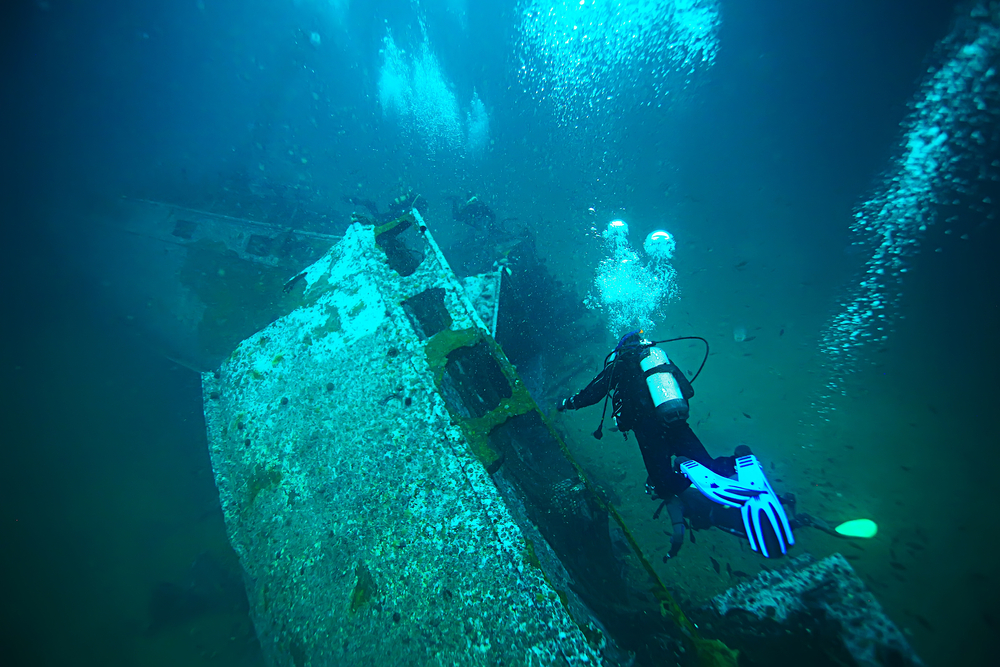
What Experience Is Required?
To understand the nature of wreck diving we must segment the type of dive into some categories. First, how deep is the wreck dive site? Is it close to the shore or is it in “Blue Water” at great depth?
For many sunken wrecks that are close to the shoreline, it is normally possible for an Open Water recreational scuba diver to dive to the location and observe the wreck from the outside only if it is in less than 18 metres of water.
If the wreck is deeper than 18 metres or if the wreck can be penetrated, then the diver’s skill level must reflect his or her ability and accreditation to be able to safely dive the site.
Some of the skill sets include Advance Open Water status, Specialty Wreck Diving Status, Professional level of accreditation and or Technical Diving skills and knowledge.
What Safety Measures Should Be Taken?
One should only scuba dive at a dive site to match your own level of accreditation and certified skill level. For Wreck Dives it is essential to have an experienced and technically proficient dive guide or dive professional.
Many wreck dive sites are heavily silted up with sediment and this is especially true inside the body of a wreck. Therefore, correct scuba diving skills must be employed such as buoyancy and finning.
If an inexperienced diver or a diver does not perform the correct skill levels at a wreck site then the likelihood of “clouding” the water and causing disorientation, lack of sight and depth and even death can occur.
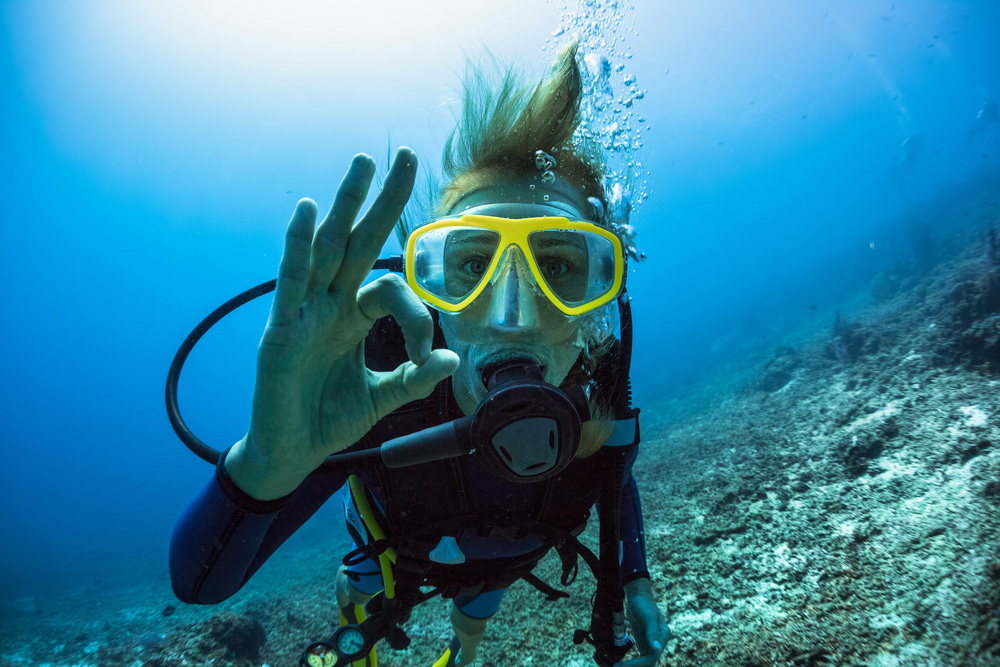
Best Subic Bay Wreck Diving Locations
- El Capitan which is a freighter formerly known as the USS Majaba, which was 90 meters long and had a displacement of 5,000 tons. The vessel was sunk during a storm in 1946 and she rests on her port side and slopes down to a depth between 4 to 22 metres. The wreck is often home to a very large shoal of Jackfish sometimes seen in their thousands.
- Oryoku Maru was one of many Japanese floating prisoners of war vessels employed during WWII by the occupying forces of Japan. She was sunk under heavy bombardment by American fighters while on her way from Subic Bay to Japan on the 15th December 1944, she had 1,619 American, British and Czech prisoners of war on board. The prisoner of warships was often nicknamed “Hell Ships” for obvious reasons. The wreck of the SS Oryoku Maru lies in 17-25 metres of water but due to her resting place located near a river estuary the scuba diving visibility around this wreck can be very poor. The remains of the wreck are tangled and uneven. This wreck should only be attempted by Advanced Open Water divers or divers with higher or specific wreck diving qualifications.
- Seian Maru: Formerly classified as a 3,712-ton freighter, then auxiliary transport and then as an emergency tanker. The ship ran aground outside Subic Bay on the 17th November 1944 and met her eventual fate at the hands of US aircraft artillery on the 19th of November 1944. The wreck lies in 16-27 metres of water but has been closed to Scuba Diving by the Subic Bay Freeport Zone Authority (SBMA).
- Landing Ship, Tank LST-559: The name given to large vessels that provide support for amphibious operations and for landing tanks, trucks, artillery and troops. She was scuttled in the middle of Subic Bay between the runway’s southern tip and Grande Island. The US Landing Ship Tank wreck in Subic Bay lies on the eastern side of the bay and is home to one very large resident Grouper as well as many other marine species. The wreck lies at a depth of 26-32 meters and is only suitable for Advanced Open Water divers.
- The USS New York. A US Gun Cruiser with her guns still intact. This famous vessel saw action in the 1898 Spanish/American War, in WWI and in WWII. She had her name struck off the US Naval Register and was scuttled in Subic Bay on the 24th of December 1941 to prevent her falling to Japanese invading forces. The decommissioned cruiser’s armoured hull was too valuable to allow Japanese forces to capture it. The wreck lies at a depth of 17-32 meters and is only suitable for Advanced Open Water divers. It is probably one of the most renowned dive sites in Subic Bay, however, it is often hampered by poor visibility.
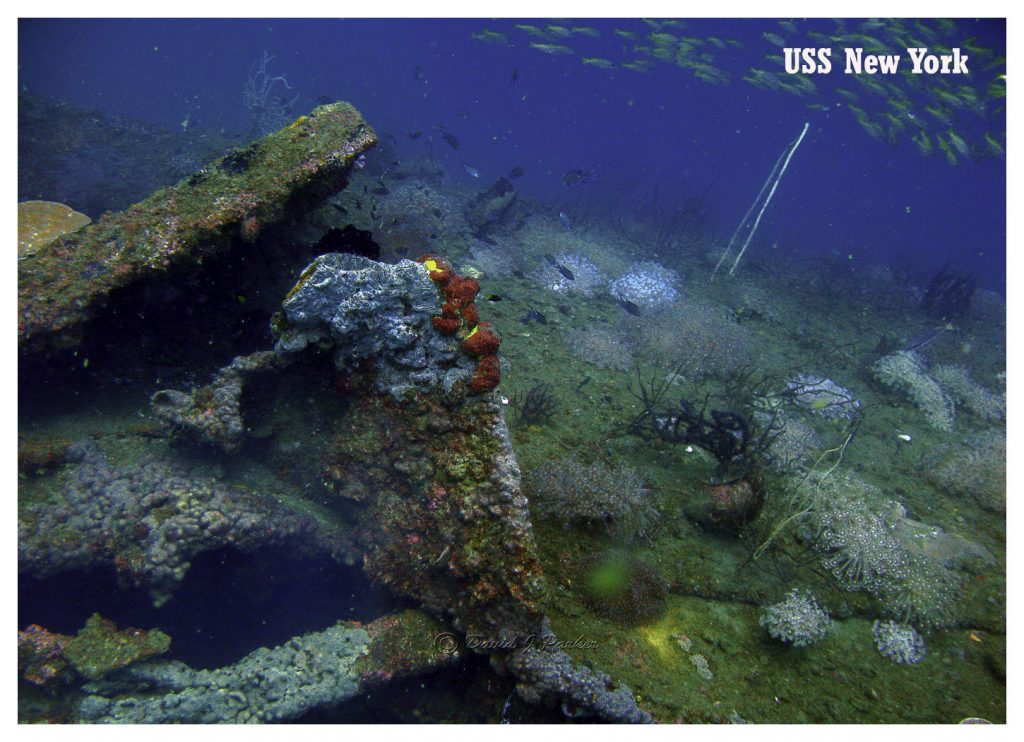
- Banshu Maru No. 52 Japanese auxiliary minesweeper which ironically struck a mine on the 20th January 1942 and sank. The wreck lies at a depth of 56 meters and is only suitable for Technical Divers.
- San Quentin. A Spanish Gunboat. During the 1898 Spanish/American War, the Spanish scuttled her in the hope of blocking the passage between Grande Island and Chiquita Islands near the mouth of Subic Bay. The wreck lies at a depth of 12-16 meters and is only suitable for Open Water divers.
- USS Lanikai, a schooner-rigged yacht that served in the U.S. Navy during both WWI and WWII before being transferred to the Royal Australian Navy. As HMAS Lanikai she was decommissioned and sent by her owners to the Philippines for repairs. Whilst at Subic she sank during a typhoon. The wreck lies at a depth of 36 meters, it is only suitable for Deep Diver certification levels or higher.
- Kyo Maru No. 11. This is a Japanese Submarine chaser which was sunk on the 2nd March 1942. The wreck lies at a depth of 70 meters, it is only suitable Technical divers.
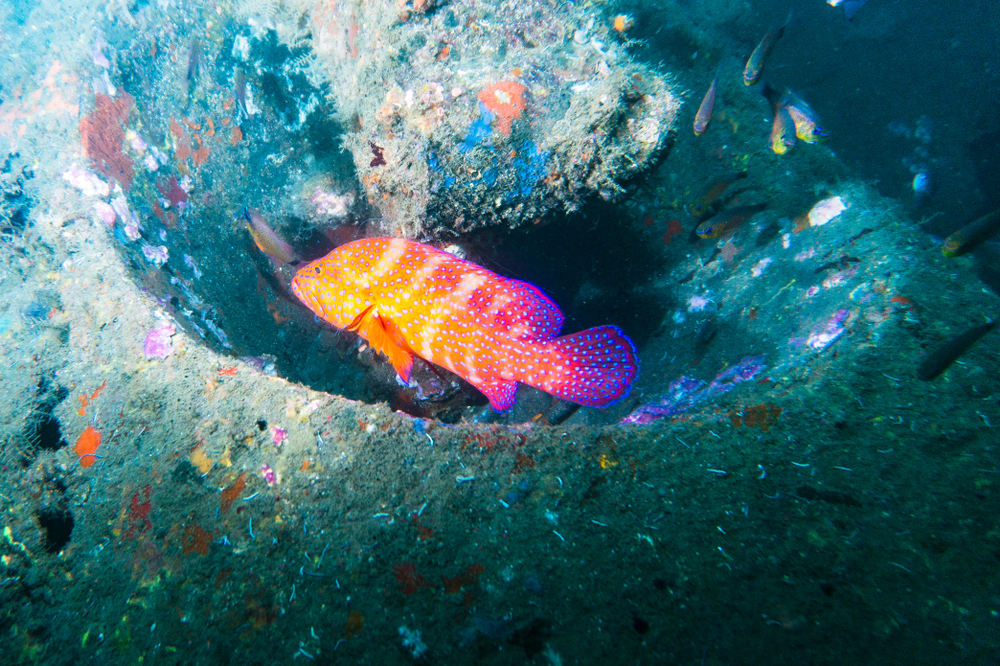
There are many more dive sites that have been identified around the area of Subic Bay. The above list highlights the diversity of scuba diving that Subic Bay has to offer.
So, if you are thinking about somewhere that you can simply drive to from Manila, then Subic Bay is definitely somewhere you should consider going. The roads driving up there are great, the scenery is mindblowing and it’s less than a 3-hour drive from Manila. What more could you possibly want to break the COVID-19 lockdown?
If you want to contact Dave and discuss scuba diving in Subic Bay or any other place in the Philippines for that matter, please feel free to email him at [email protected].
Please like and share this article with friends and family or if you want to leave any comments or share your experiences about Boracay please, leave your comments below. And please don’t forget to check out my related articles below.
Related Articles:
Top 5 Tourist Attractions To Discover in Baler
12 Tourist Hotspots In Batangas


